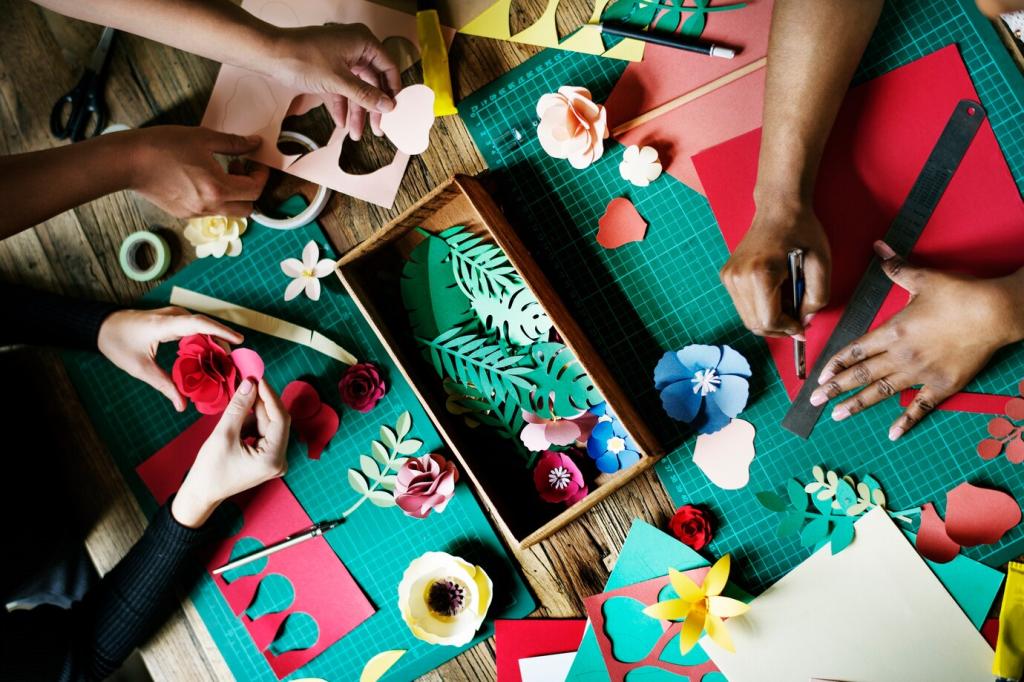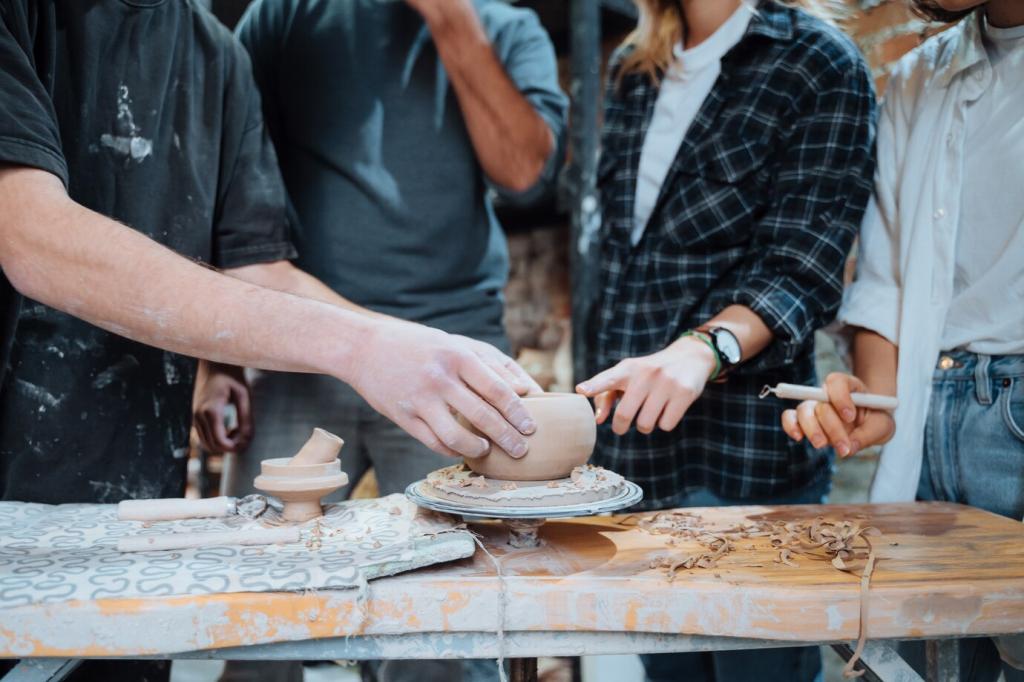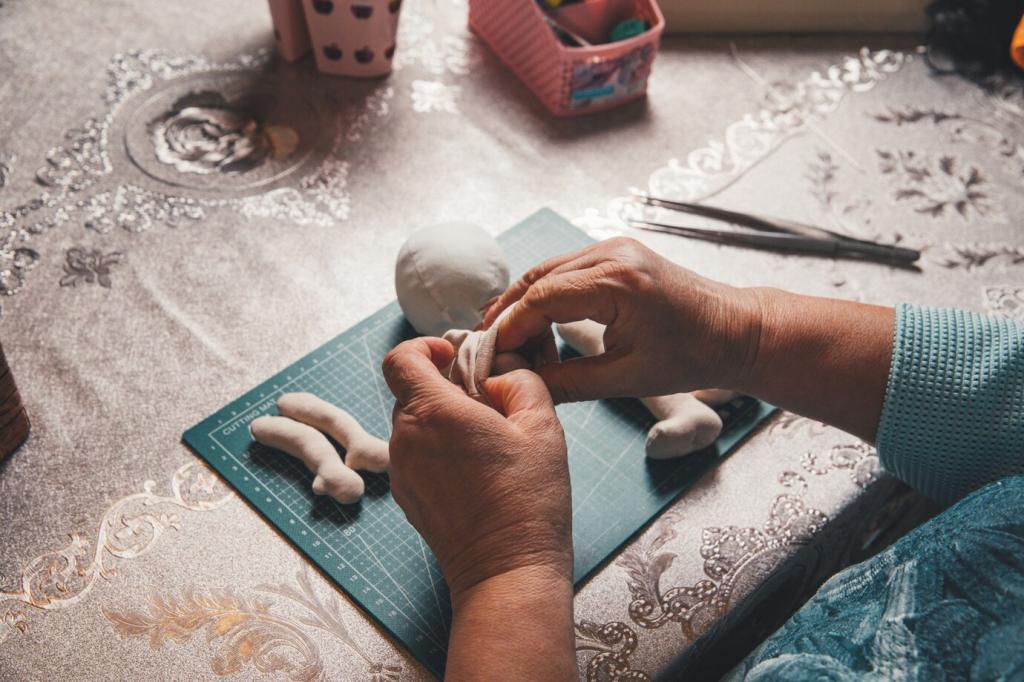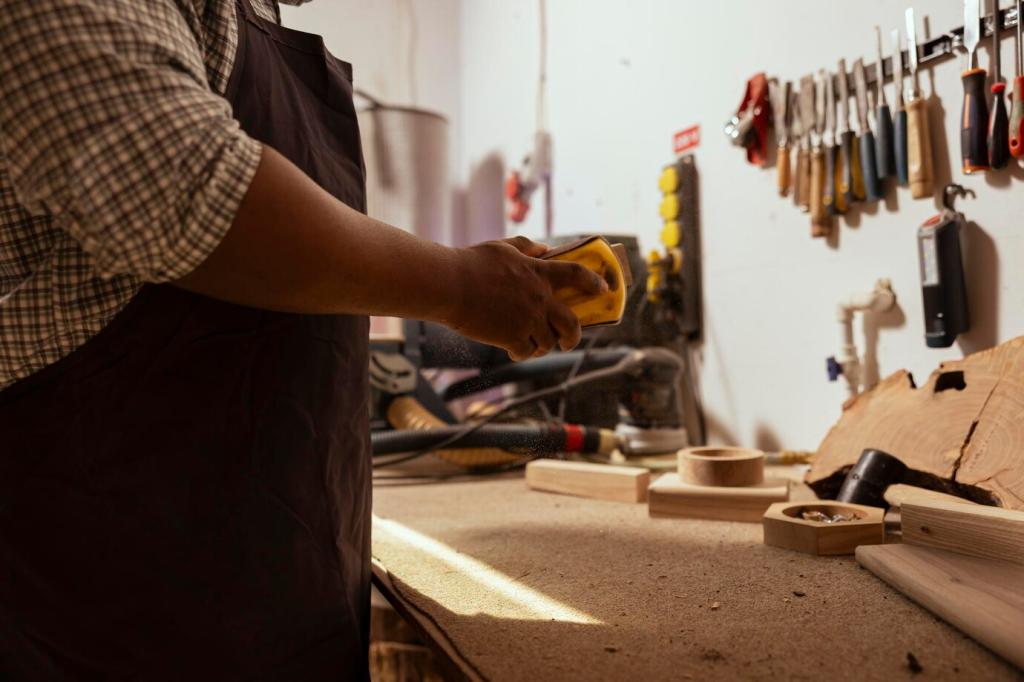Hand-Cut Classics: Dovetails, Mortise-and-Tenon, and Beyond
Both approaches deliver tight dovetails. Tail-first often speeds layout, while pin-first can prioritize baseline accuracy. Try both for a few projects and track your results. Then tell us which method clicked for you, and what small tweak finally unlocked consistent, satisfying fits.
Hand-Cut Classics: Dovetails, Mortise-and-Tenon, and Beyond
A common guideline is a tenon thickness around one-third the thickness of the rail. This balances strength with ease of cutting and gluing. Pair it with shoulders that register perfectly. Test with scrap, then share your favorite shoulder plane or chisel technique for glue-ready results.
Hand-Cut Classics: Dovetails, Mortise-and-Tenon, and Beyond
When your design calls for elegant lengthening or open-faced strength, explore bridle, scarf, and lap joints. They showcase clean lines and practical power. Practice on offcuts first, then post a photo of your best result and the jig or method that made it repeatable.
Hand-Cut Classics: Dovetails, Mortise-and-Tenon, and Beyond
Lorem ipsum dolor sit amet, consectetur adipiscing elit. Ut elit tellus, luctus nec ullamcorper mattis, pulvinar dapibus leo.






